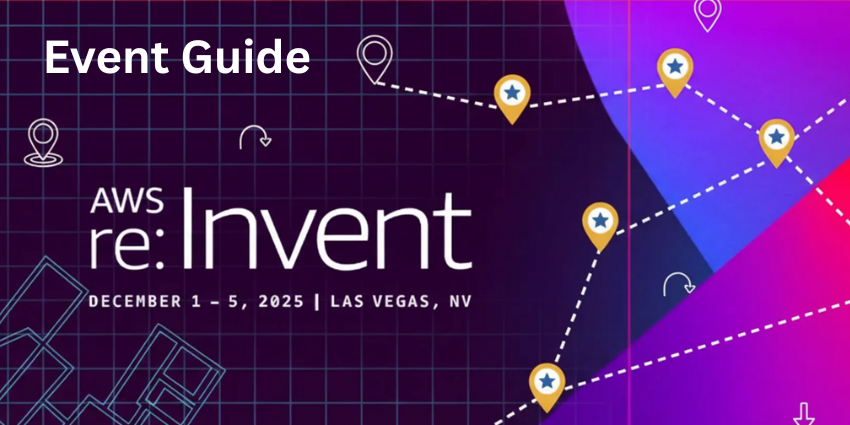For years, quality assurance in the contact center has been steady but strangely narrow in its focus.
Scorecards, consistency checks, and compliance boxes have shaped the bulk of QA activity – and while these remain essential, their impact on customer experience often stops at the agent level.
Many leaders still struggle to answer bigger questions: What’s driving call volumes? Where are customer expectations shifting? Which friction points keep resurfacing across journeys?
The traditional model simply wasn’t built for that.
As Derek Corcoran, CEO and Founder of Scorebuddy, puts it, those older processes are “baked into operational QA teams” and are “legacy in some ways.”
Manual evaluation was always time-consuming, and teams were typically “only covering 2% of total conversations – and that’s on a good day.”
With such a limited sample, it’s no surprise that QA often surfaced issues but rarely connected them to broader CX patterns.
Instead of operating with a telescope, Corcoran says, teams were forced to work “with a microscope.” They were focused on agent performance rather than systemic insight. And until very recently, the technology didn’t allow for anything different.
The Shift: From Passive Scoring to Meaningful Discovery
AI and modern analytics are rapidly changing the QA equation.
Today, QA leaders can step out of the purely operational view and into a far more strategic one. But the shift only happens when teams move beyond scoring into meaning-making.
According to Corcoran, the first leap many customers take is simply getting out of spreadsheets and “streamlining” evaluation work. Immediately, this unlocks visibility:
“Suddenly they’ve visibility they didn’t have before, and the agents are now directly engaged in the interaction with the evaluators and supervisors.”
But the step-change occurs when that structured data meets analytics.
Scorebuddy connects to multiple data sources – voice, chat, bots, and more – aggregating everything into a single picture.
This lays the groundwork for a deeper analysis, including tagging, filters, dashboards, sentiment analysis, and custom forms that reflect what leaders actually want to understand, rather than just what they can tally.
The key is scale. A manual team might evaluate a small percentage of conversations, but analytics sits “across a much wider set” and introduces what Corcoran calls a “multiplier effect.”
Agents can no longer argue that the wrong calls were chosen, and leaders can finally see meaningful patterns in customer behavior.
Most importantly, this resolves one of CX’s biggest pain points: explaining why customers are making contact.
With analytics, “you almost have an inbuilt business analyst,” Corcoran explains. Leaders can see exactly when contact drivers spike, how they correlate to product changes, and what should be escalated beyond the contact center.
Spotlight: When QA Data Reveals What No One Else Saw
Take the example of a retail client navigating a Black Friday surge.
As Corcoran recalls, the QA and analytics engine detected a sharp increase in calls linked to a specific delivery provider.
“They could see that one particular service delivery company was missing its SLAs,” he explains.
“This insight allowed the business to launch an action plan to which the provider responded, allowing them to drive down that cause of contact.”
That ability to correlate contact drivers with operational issues outside the CX team creates direct, measurable impact on CSAT and customer effort – something that would have been nearly impossible using traditional QA alone.
Another emerging hotspot is bot governance. As more companies deploy GenAI-driven virtual agents, they often assume these systems perform flawlessly unless complaints surface.
But as Corcoran warns, bots “can go off script,” and a conversation that appears resolved “may not be the case.”
Without structured QA on bot interactions, businesses risk unseen CX damage.
One Scorebuddy customer now audits 50,000 bot conversations per week and compares bot performance side-by-side with human agents, providing a powerful lens for identifying where automation shines and where it creates risk.
Building the QA–VoC Insights Loop
In order to move from insights to analytics, QA teams must thread those insights back into operational decisions, product teams, and executive conversations.
The strongest programs combine QA and VoC input into a single continuous loop, where quality signals highlight friction, VoC confirms customer impact, and analytics quantify scale.
This integrated view is exactly where Corcoran sees QA heading:
“We’re now getting visibility of other aspects in the business that we can then move into the C-suite if necessary.”
From Problems to Priorities
Scorebuddy’s evolution mirrors this broader industry shift.
The goal is no longer to simply review calls but to understand why things go wrong, what’s driving customer effort, and what to fix first.
QA becomes not just a safeguard for consistency but a discovery engine – one capable of shaping cross-functional decisions.
In a world where contact centers must deliver more with less, this is where QA proves its worth: not as a reporting tool, but as a source of truth for customer reality.
You can watch and listen to more of Derek Corcoran’s QA insights by checking out this exclusive interview with CX Today.
You can also discover Scorebuddy’s full suite of services and solutions by visiting the website today.







